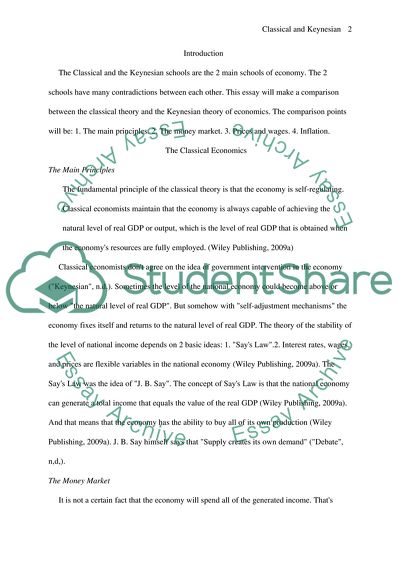Cite this document
(Features Of The Main Theories Of Economics Research Paper, n.d.)
Features Of The Main Theories Of Economics Research Paper. Retrieved from https://studentshare.org/macro-microeconomics/1723060-classical-economics-versus-keynesian-economics
Features Of The Main Theories Of Economics Research Paper. Retrieved from https://studentshare.org/macro-microeconomics/1723060-classical-economics-versus-keynesian-economics
(Features Of The Main Theories Of Economics Research Paper)
Features Of The Main Theories Of Economics Research Paper. https://studentshare.org/macro-microeconomics/1723060-classical-economics-versus-keynesian-economics.
Features Of The Main Theories Of Economics Research Paper. https://studentshare.org/macro-microeconomics/1723060-classical-economics-versus-keynesian-economics.
“Features Of The Main Theories Of Economics Research Paper”, n.d. https://studentshare.org/macro-microeconomics/1723060-classical-economics-versus-keynesian-economics.


